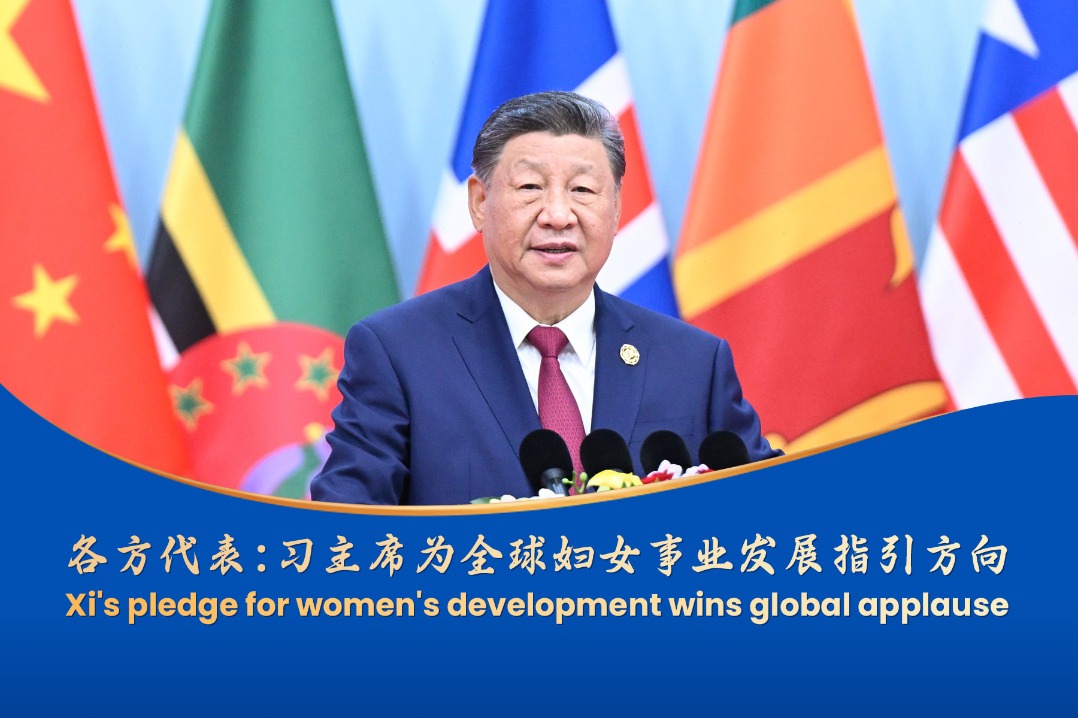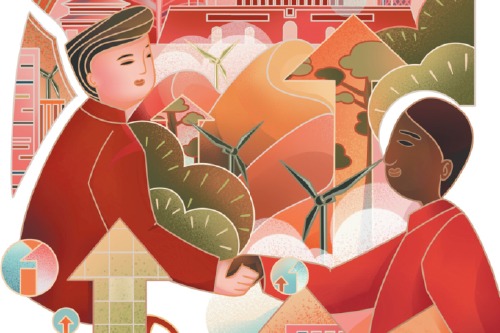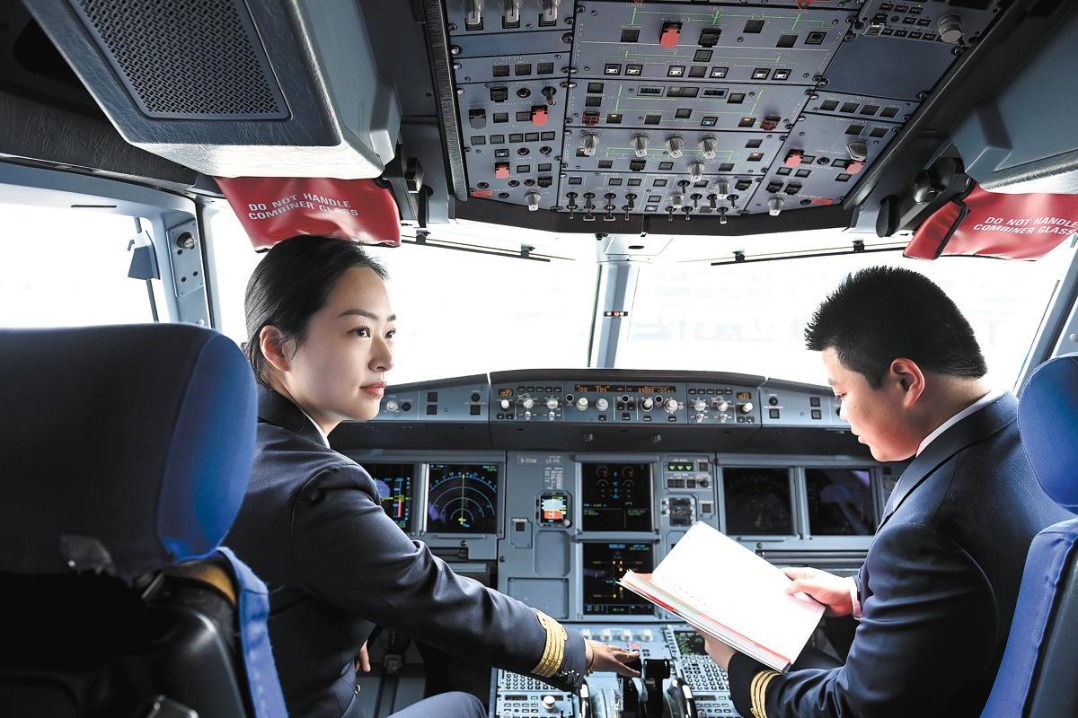Free trade delivers better lives and incomes


Supporting free trade is out of fashion. In rich countries, it has been blamed for job losses and all but abandoned by policymakers. Over the past century, trade had been increasing as a percentage of the global economy, but this peaked around the global financial crisis, and is now declining. This is even true for China, where share of trade in GDP has also dropped.
It has been known for centuries that trade lifts people's incomes because it allows a country to specialize and produce effectively what it does best. One study finds that trade makes us all 27 percent richer, meaning that countries on average have incomes more than one-fourth higher compared with a world without trade.
Trade doesn't just lift average incomes. It also helps lift the world's poor out of abject poverty. One of the most cited recent studies finds that the incomes of the poorest 20 percent grow as fast as the average.
We have seen this clearly in the world's two most populous countries, China and India. As China's trade soared, incomes increased seven-fold and extreme poverty was eradicated from 28 percent to near-zero today. India has experienced a similar, if more muted trajectory: when tariffs were reduced from a stifling 56 percent in 1990 to 6 percent in 2020, average incomes increased almost four-fold and extreme poverty declined from 22 percent to 1.8 percent.
We have seen similar trajectories for other fast-growing countries like the Republic of Korea, Chile and Vietnam. Income from trade is shared. It is little wonder then that achieving freer trade is one of the promises that world leaders have signed up for with the United Nations Sustainable Development Goals for 2030.
Unfortunately, the world is failing on this promise and on most other promises. It is no secret why. Leaders promised everything to everyone, and the list of promises runs to 169 targets. Having 169 priorities is like having none at all. The list has plenty of core targets such as increased trade, the eradication of infant mortality, better schooling, and the elimination of war and climate change.
But simultaneously it includes well-intentioned but much more peripheral targets like boosting recycling, more urban parks, and promotion of lifestyles in harmony with nature.
This year the world is at halftime for the Sustainable Development Goals, but we are nowhere near halfway. It's clear the world can't do everything, so it is time to identify and prioritize the most crucial promises. My think tank, the Copenhagen Consensus, is doing exactly that: Together with several Nobel laureates and more than a hundred leading economists, we have been working for years to identify where additional money can do the most good.
New peer-reviewed research shows why more trade should be at top of the global agenda. The research takes into account the problems of job losses highlighted by politicians from the developed world. It maps out how much additional cost freer trade imposes on these workers through losing their jobs, needing to reskill (often to lower-paying jobs), or leaving the job market altogether.
But the study also uncovers the advantages of more trade, which includes higher incomes and the consequent improvements in the lives of the world's poor. This makes it possible for us to weigh both the costs and benefits of freer trade. The study is ground-breaking, because it offers the first attempt ever to establish costs and benefits not just at the global level, but for both the rich and poor of the world.
The economic model shows that if global trade grows by 5 percent, the present-day cost for all workers across the world into the future would be $1 trillion. This cost certainly justifies the concern of populist politicians. Yet the benefits to humankind turn out to be $11 trillion, making this a very good deal for the world.
The people who are hurt by free trade should be helped more by governments around the world, but the significant surplus from freer trade not only provides a pot of money to do so, but also presents an enormous development opportunity to raise incomes and lift people out of poverty.
The new model also shows who bears the costs, and demonstrates why rich countries have cooled most on trade. Since rich countries make up the larger part of the global economy, they gain 60 percent of the $11 trillion. But they have to bear more than 90 percent of the costs. While this validates some political concerns, it misses the larger picture: rich countries gain $7 for every dollar of cost.
And it entirely neglects what a great opportunity trade is for the poorer half of the world. Their costs are quite minimal at $15 billion, but benefits run far beyond a trillion dollars. For each dollar of loss, the economists find a phenomenal $95 of long-term benefits, increasing incomes and driving down poverty.
If we are serious about improving the world, we can't promise everything. We have to do the most efficient policies first, and more trade turns out to be one of the most amazing ways to deliver better lives and incomes.
The author is president of the Copenhagen Consensus. If you have a specific expertise, or would like to share your thought about our stories, then send us your writings at opinion@chinadaily.com.cn, and comment@chinadaily.com.cn.


































